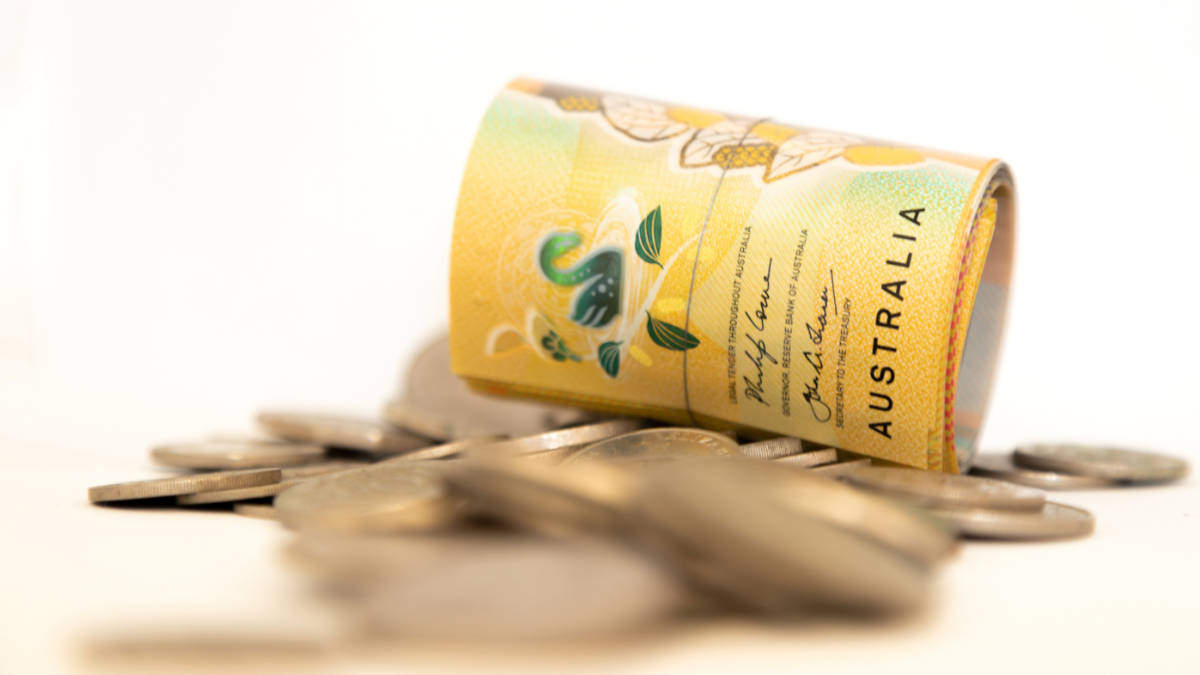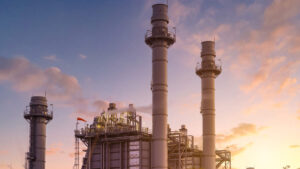Got Gas: Will the Government’s PRRT reform make any real changes?

Will the PRRT reform go far enough to deliver more revenue for the Australian Government. Pic: via Getty Images
The annual Federal Government budget never fails to rile up various corners of our fabulously diverse nation, given the difficulties inherent in trying to please as many people in as many possible ways, while actually aiming to balance the books and stop from going down under, down under.
This year, as per usual Stockhead’s fantastic if somewhat resigned analytical coverage of the budget ranges from Eddy The Eviscerator Sunarto’s haunting take into what it means for healthcare, and deputy eviscerator at large Christian Edwards’ timely questioning of Treasurer Dr Jim Chalmers application of budgie smugglers.
But while cost of living, healthcare, male swimwear and tax reform are certainly major topics for discussion, they are not at all what gets Got Gas fans’ blood pumping.
Rather their undivided attention will be on two other big ticket items in the budget that are immediately relevant – namely a reform of the Petroleum Resource Rent Tax (PRRT) and the $2bn in federal funding targeting green hydrogen initiatives.
Are the changes to the PRRT enough to address the criticisms levelled against it over the years? And will the funding finally provide the green hydrogen sector with the shot in the arm it sorely needs?
A little PRRT primer
So just what is the PRRT?
The PRRT was introduced in 1987 as a tax on profits generated on petroleum commodities such as crude oil and natural gas produced from offshore projects – but not the North West Shelf and the Joint Petroleum Development Area because reasons.
Incidentally, onshore projects – including the LNG exporters in Gladstone, Queensland – were also removed from the scope of the PRRT in 2019.
This tax is calculated on a project basis, which means that each entity initially calculates its PRRT liability separately for each project interest it holds.
However, companies can reduce their liabilities through the inclusion of deductible expenditures – including the admittedly high costs of liquefying gas, the constant bugbear of liquefied natural gas producers.
This could go a long way towards explaining why according to Treasury, not a single LNG project has paid any PRRT nor were they expected to do so until the 2030s.
To put that into context, Australian LNG exporters reportedly enjoyed gross profits of about $63 BILLION in the 2022/23 financial year.
Little wonder that critics, which unsurprisingly includes the Greens, have called for the elimination of accumulated credits from the expense of exploring and developing gas fields.
Reforms, too little too late?
Well it seems that the Albanese Government has heard the complaints and will limit deductions to 90% of assessable income, meaning that the PRRT will be paid on at least 10% of income.
This measure is expected to deliver an additional $2.4bn into the Government’s coffers … over a five year period.
The changes are underwhelming to say the least, an opinion shared by Monash University Adjunct Senior Research Fellow (and expert on Australian taxation law and policy) Dr Diane Kraal who noted that while the changes are welcome, they do not go far enough.
“The anticipated $2.4 billion of extra PRRT revenue is insufficient and the budget’s proposed change to the PRRT will hardly make any difference to tax collections,” she added.
“The Treasurer’s proposed PRRT changes will make the PRRT more complex, for very little extra tax revenue. The PRRT should be repealed and a royalty system should be re-introduced, as is the case in Queensland.
“The Treasurer’s anticipated extra revenue from the PRRT changes will not even come close to covering the build-up of deductions. For instance, the latest ATO statistics for 2019-20 reveal ‘carried forward deductions’ for the PRRT are already at $282 billion.”
Climate Energy Finance’s Tim Buckley was considerably more scathing, saying that the change are “a serious case of fiscal policy underreach”.
The independent think tank’s finance and energy analyst added that relative to the estimated 4.4% PRRT royalty share of revenue in 2022/23, the reform represents a tiny 1% increased share to taxpayers.
“This looks very pedestrian relative to the LNG export industry’s windfall war-profiteering and oversized contribution to Australian domestic energy price hyperinflation,” Buckley noted.
“The far too modest PRRT reforms in this budget are a missed opportunity to deliver a substantial social dividend to the Australian people, limiting the government’s capacity to fund critically urgent social and energy transition programs, and undercutting the government’s claims to fiscal balance and responsibility.”
Predictably, the oil and gas sector had a very different view.
While it accepted the Government’s changes to the PRRT, its lobby group – the Australian Petroleum Production and Exploration Association (APPEA) – said it should also end the pursuit of the industry for more revenue.
In accepting the changes, APPEA chief executive Samantha McCulloch appeared to have called for the Opposition to support the move – saying that a strong and sustainable future for the gas industry would secure its economic contribution to Australia and that would require bipartisan support for stable and enduring policy settings.
There might be an element of self interest here given that the alternative would be for the Albanese Government to seek support from the Greens and independents, who already feel that the changes are insufficient and could demand that they be strengthened before lending their support.
So are the changes enough? Or do they have to be strengthened?
It is worth pointing out at this stage that the PRRT is a tax on profits. That is money that the companies will already be pocketing after deducting their expenses, or to put it another way, it is an extra tax on the profit of already profitable projects.
So while it might reduce their returns and cause shareholders to complain, it in no way impacts on whether the project will be unable to meet its expenses.
And given that the PRRT is supposed to be a 40% tax on those profits, it still leaves companies with 60% of their profits, which a quick calculation comes up to taking home $37.8bn of the $63bn gross profit in the 2022/23 financial year.
The actual calculations are certainly more complicated than that but as it stands, the Government’s proposed PRRT reforms look like they could do with more punch to say 50% of the assessable income?
Action on green hydrogen
The other item in the budget is of course the Government’s $2bn Hydrogen Headstart program, which is aimed at bridging “the commercial gap for early projects” and placing Australia on course to develop a gigawatt of electrolyser capacity by 2030 through “two to three flagship projects”.
While there are no details about how the funds will be used, there are calls for a subsidy of about $2 per kilogram of green hydrogen produced, half as much offered under the United States’ Inflation Reduction Act.
The ABC quoted Andrew Forrest as saying that the program would ensure that Australia was no longer “flat-footed” on green hydrogen.
“At least we’ve made a start now,” he noted, adding that “this could be the push for stalled projects.”
A 2022 report had found that while Australia had more than 100 hydrogen projects in the pipeline, most of them had yet to reach final investment decisions.
Energy giant BP added that the funds would make Australia globally competitive and “de-risk” the massive outlay of capital required to start up a new industry.
The company, which has three green hydrogen projects on the cards in Western Australia, added that the funding will attract investment and give potential customers the confidence that Australia was committed to the new industry.
Australia’s funding is obviously modest – and far short of the $15bn that Deloitte Access Economics says we will need to invest over the next decade.
However, what it ensures nonetheless, is a concrete commitment towards a nascent sector which this column argues has much potential in the inevitable transform of Australia’s critical heavy industry and the ultimate replacement of LNG as an energy export to Asia.
Related Topics

UNLOCK INSIGHTS
Discover the untold stories of emerging ASX stocks.
Daily news and expert analysis, it's free to subscribe.
By proceeding, you confirm you understand that we handle personal information in accordance with our Privacy Policy.








